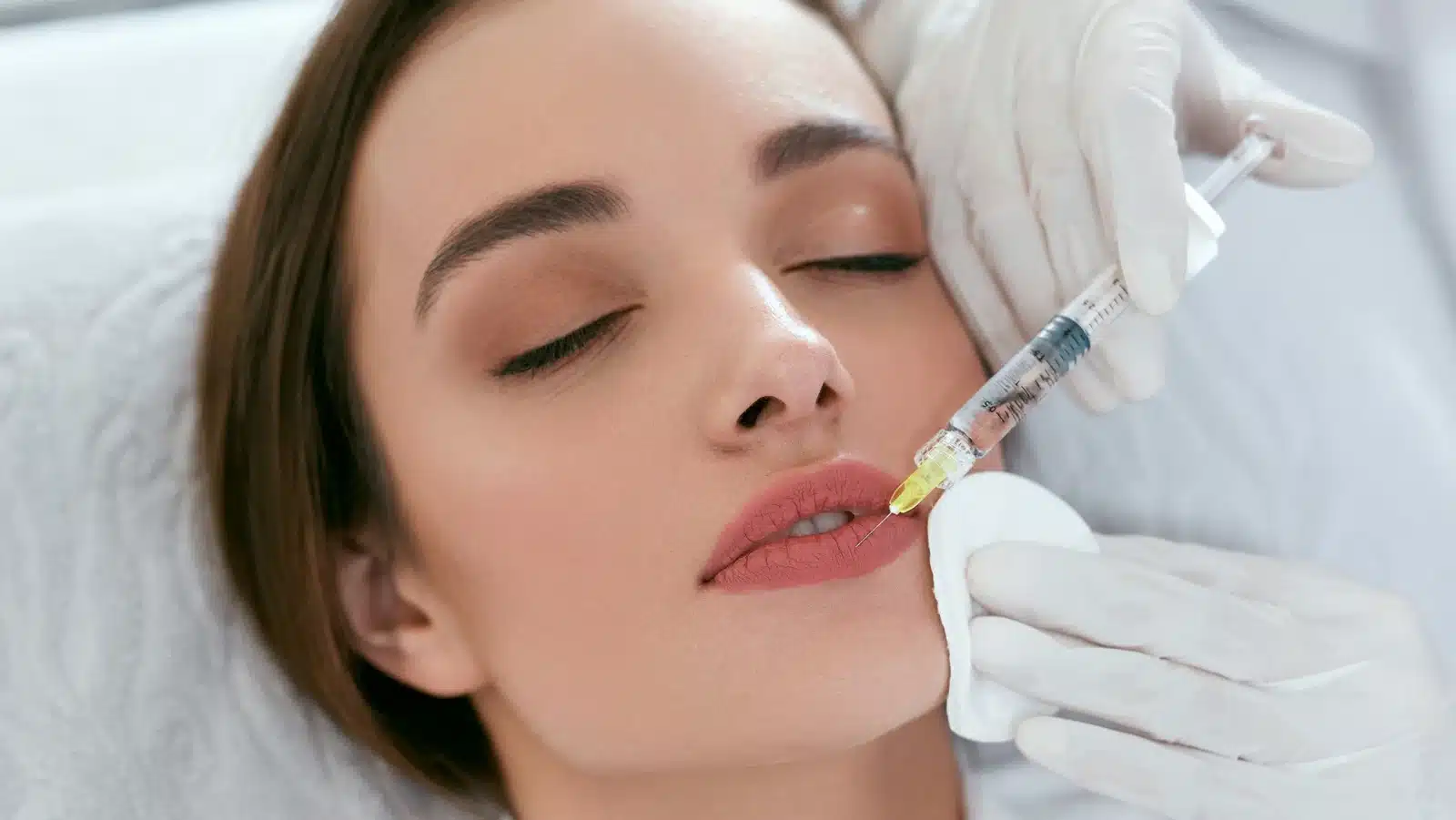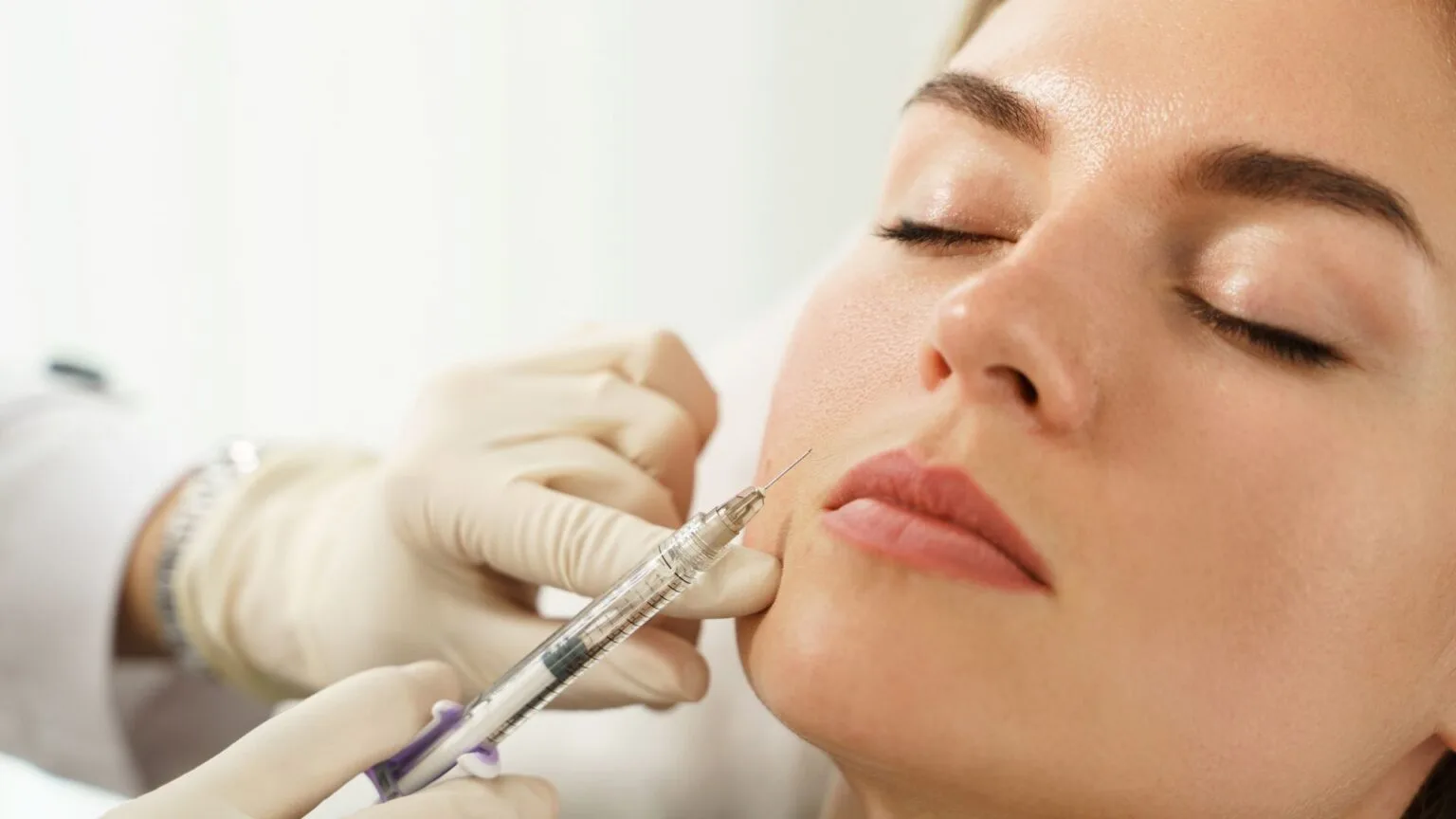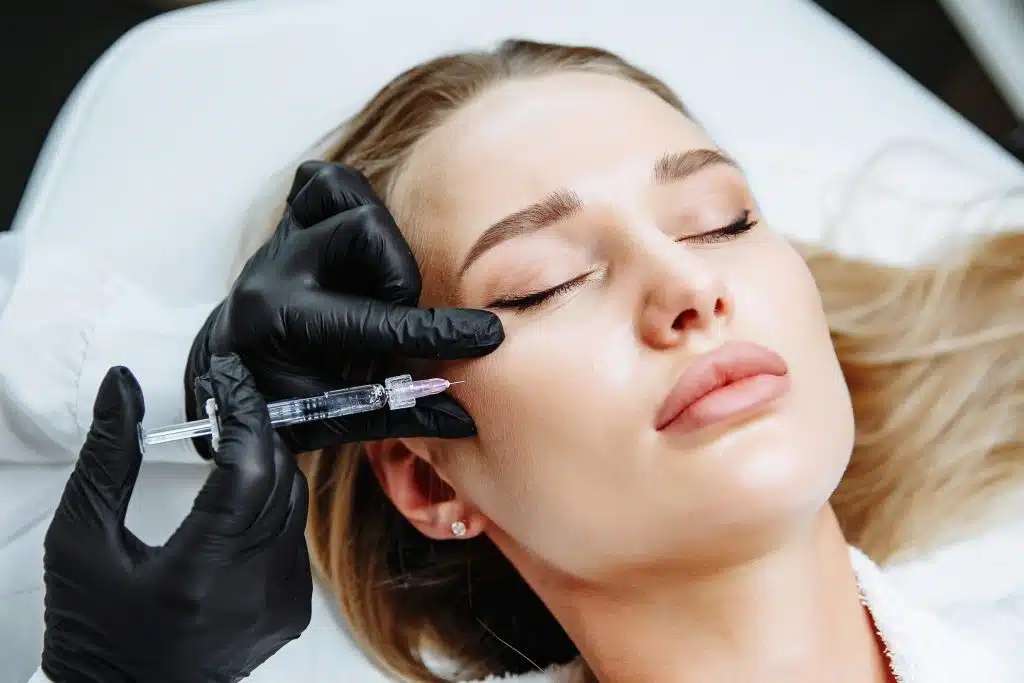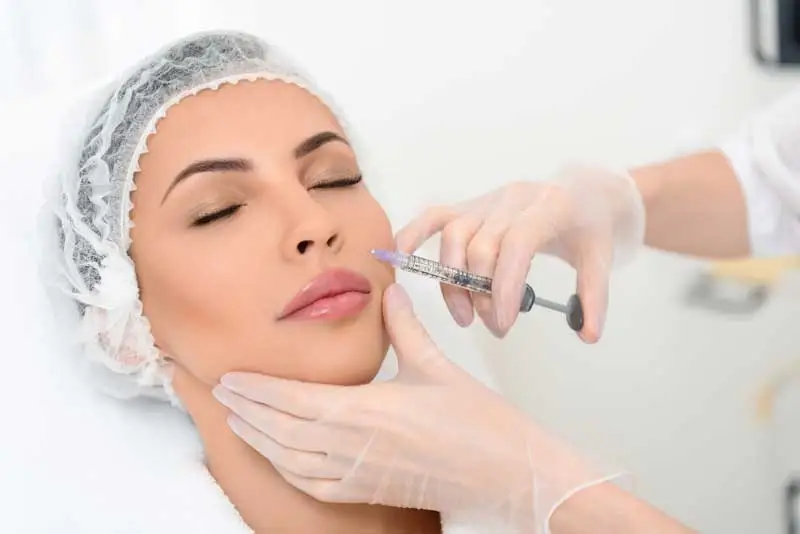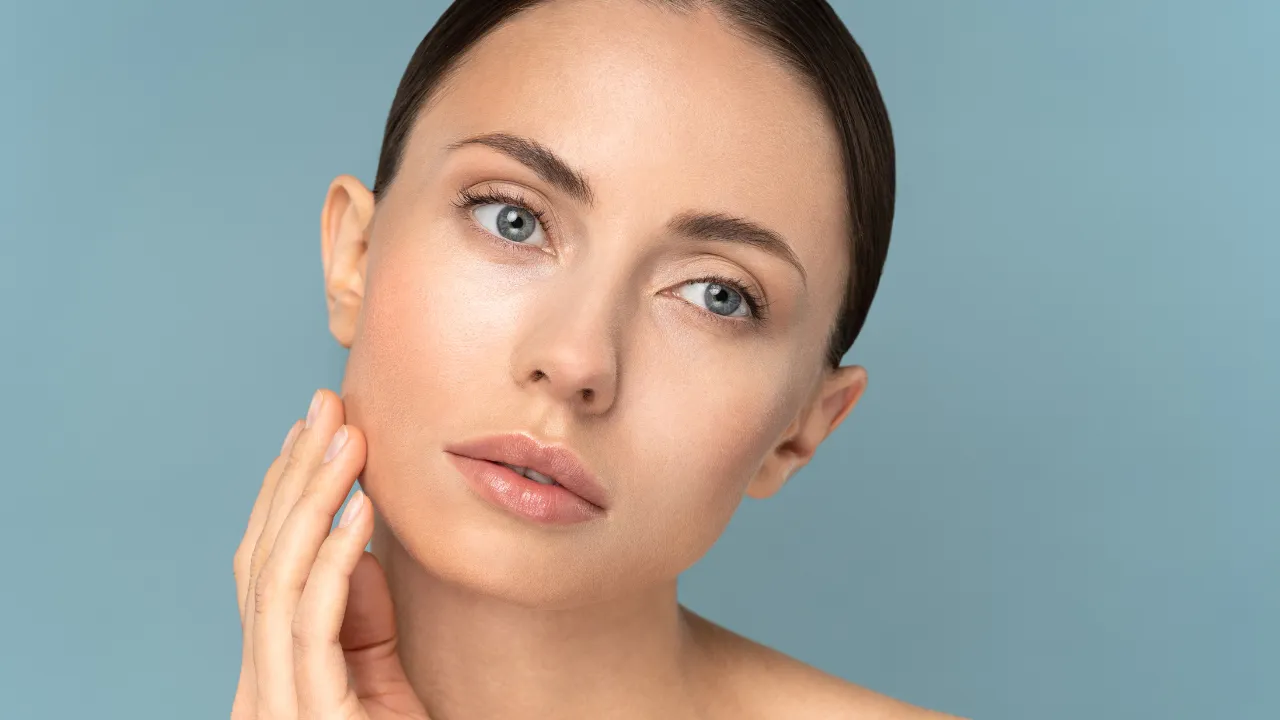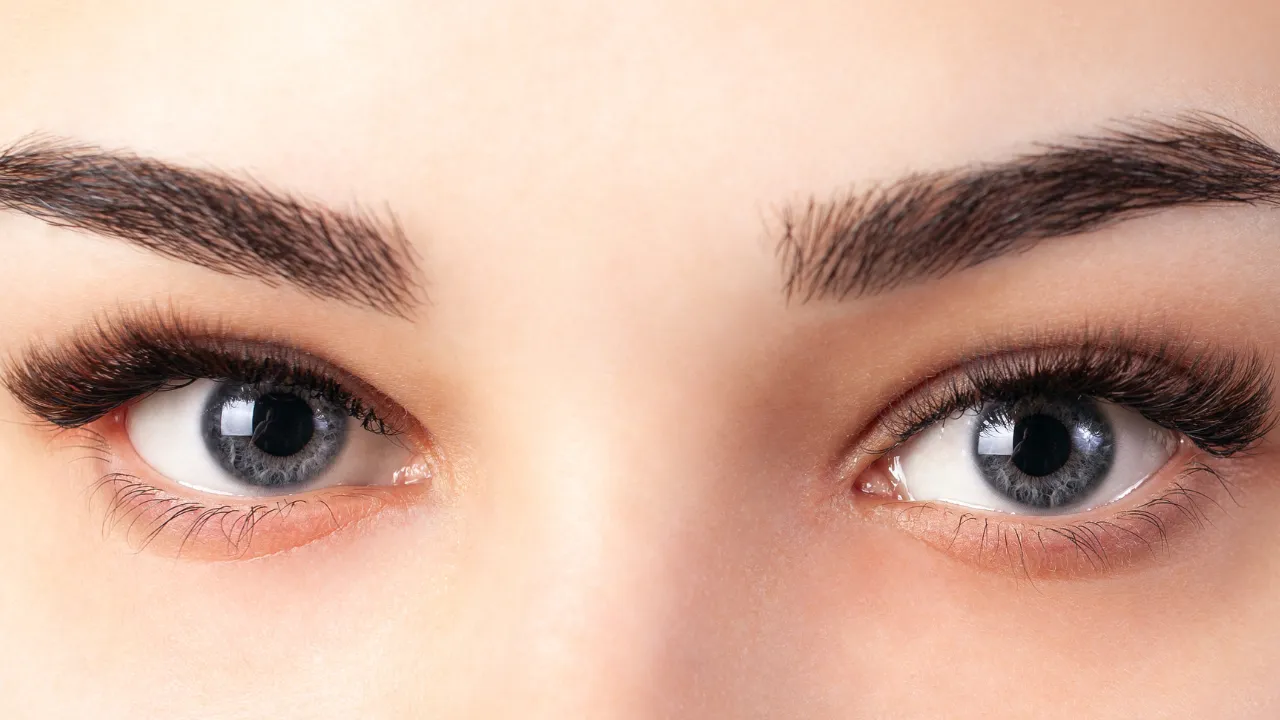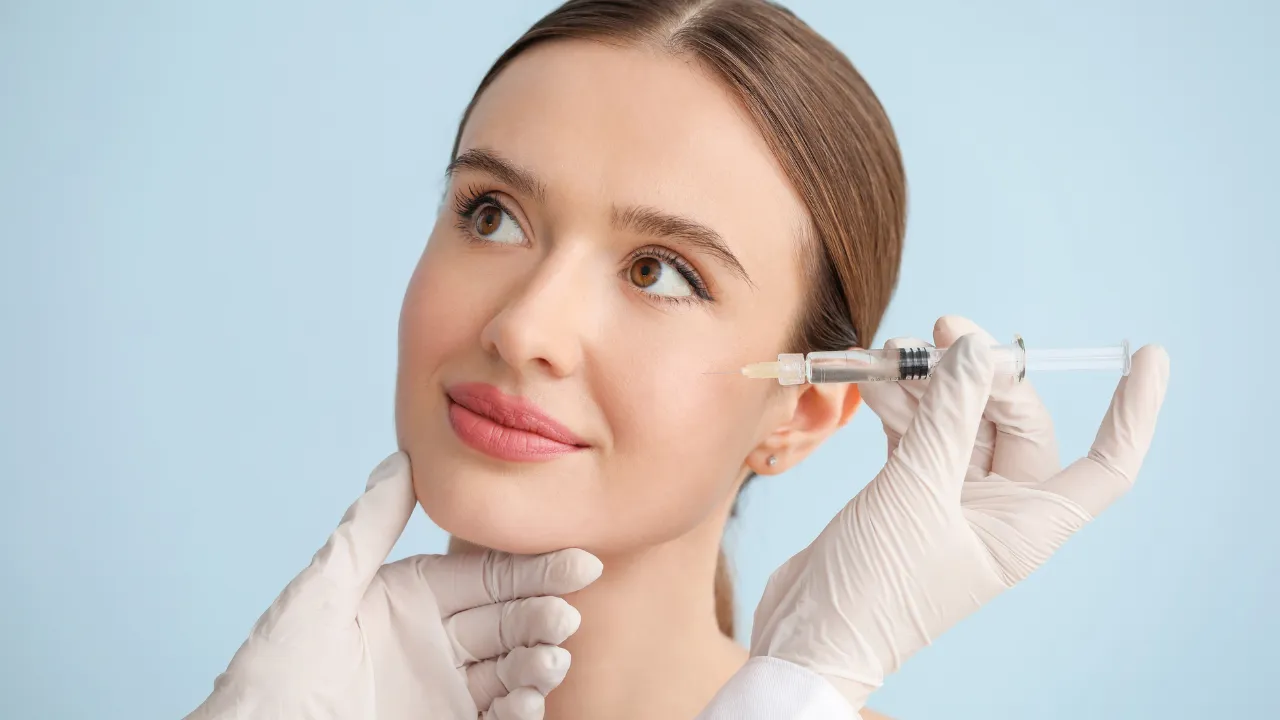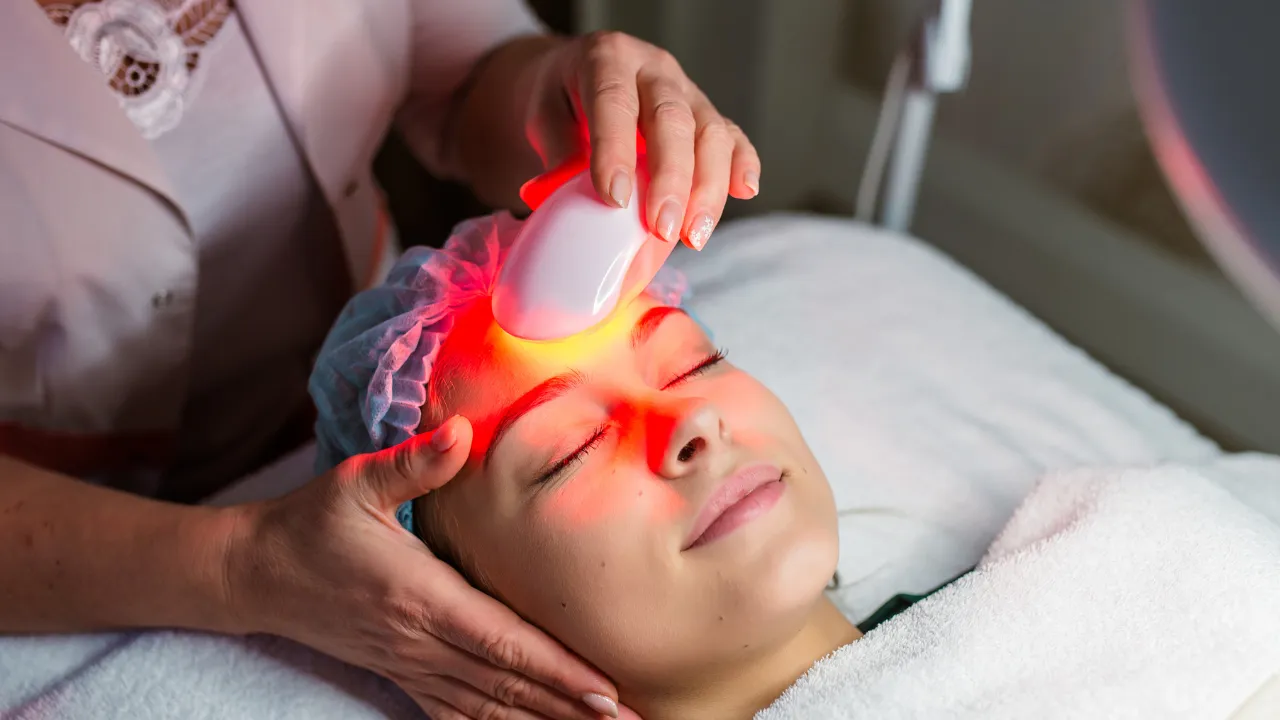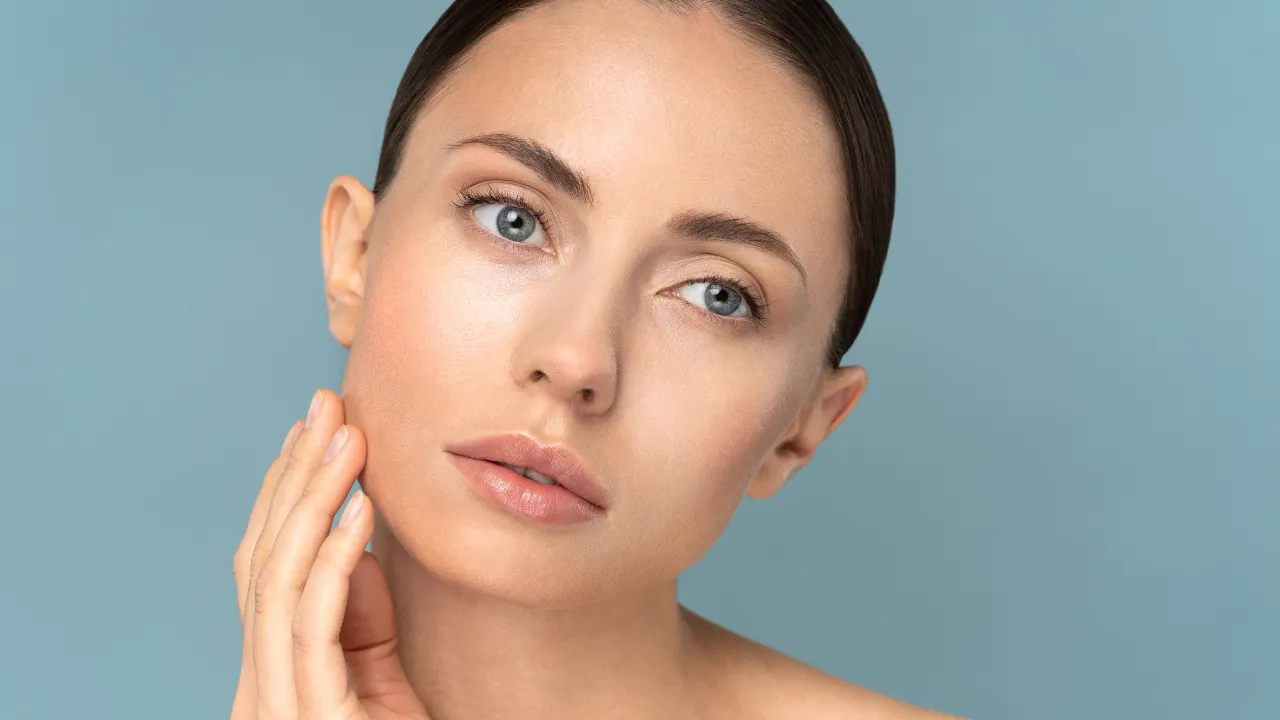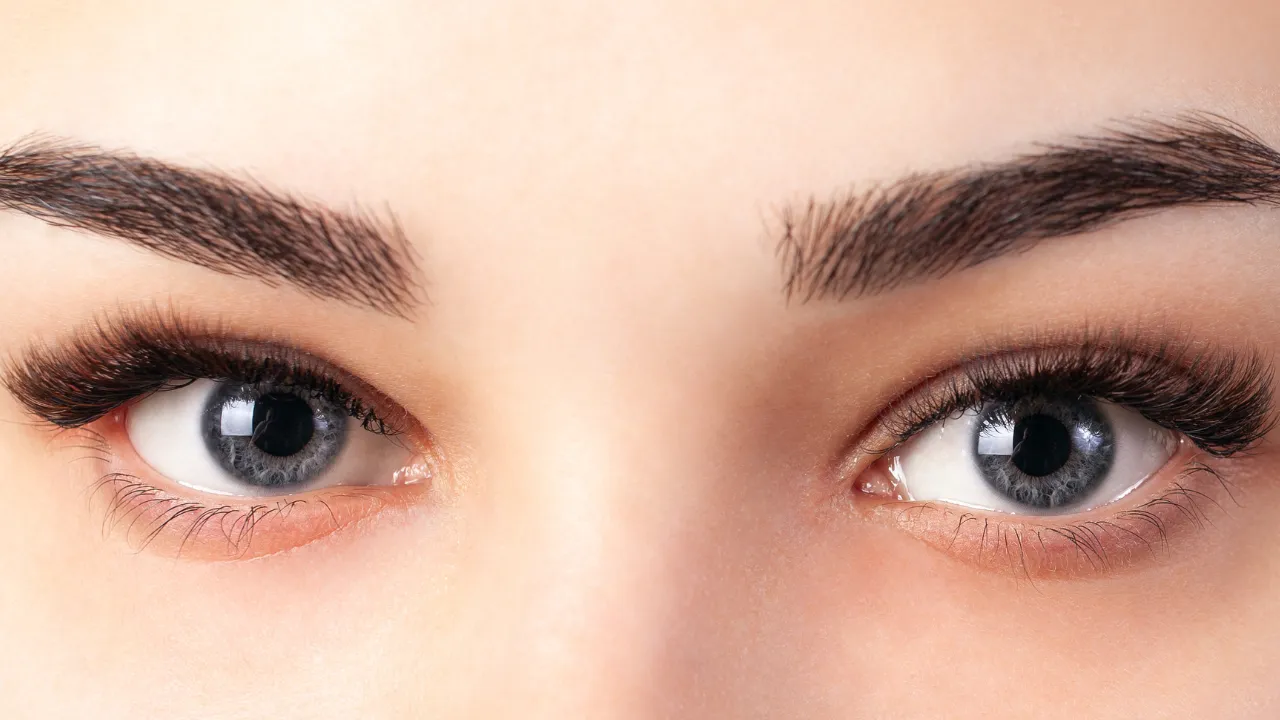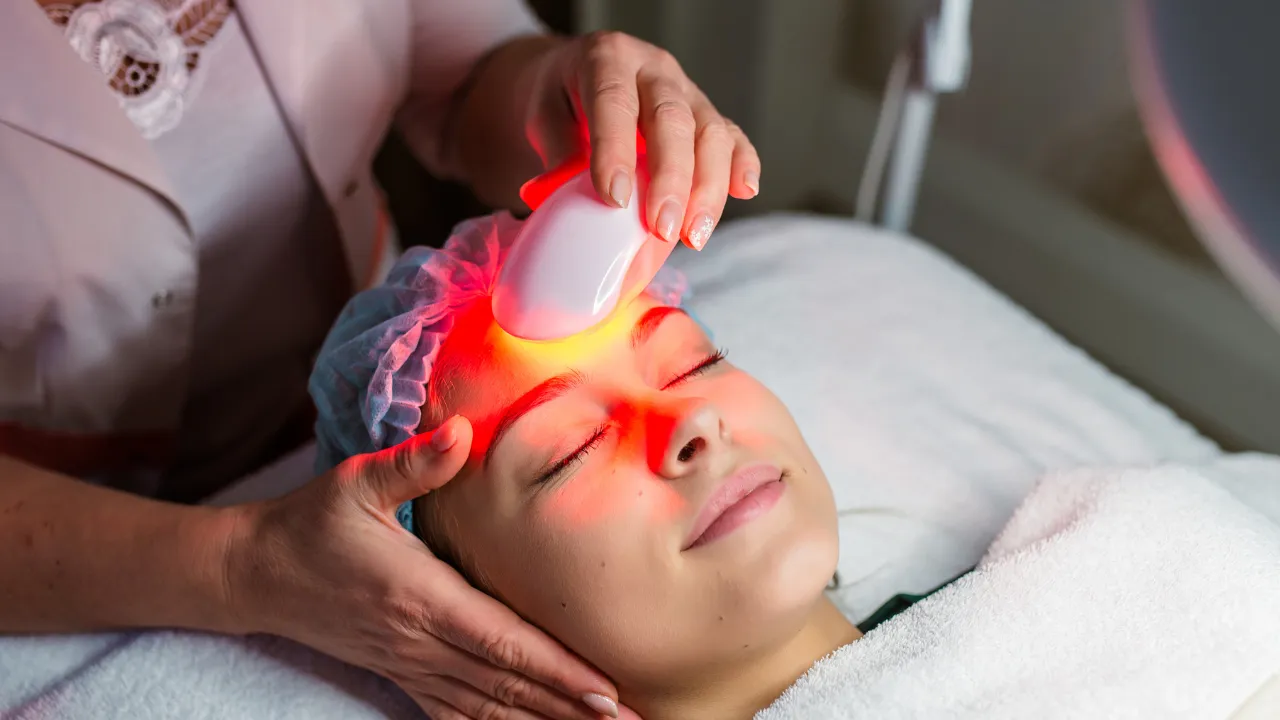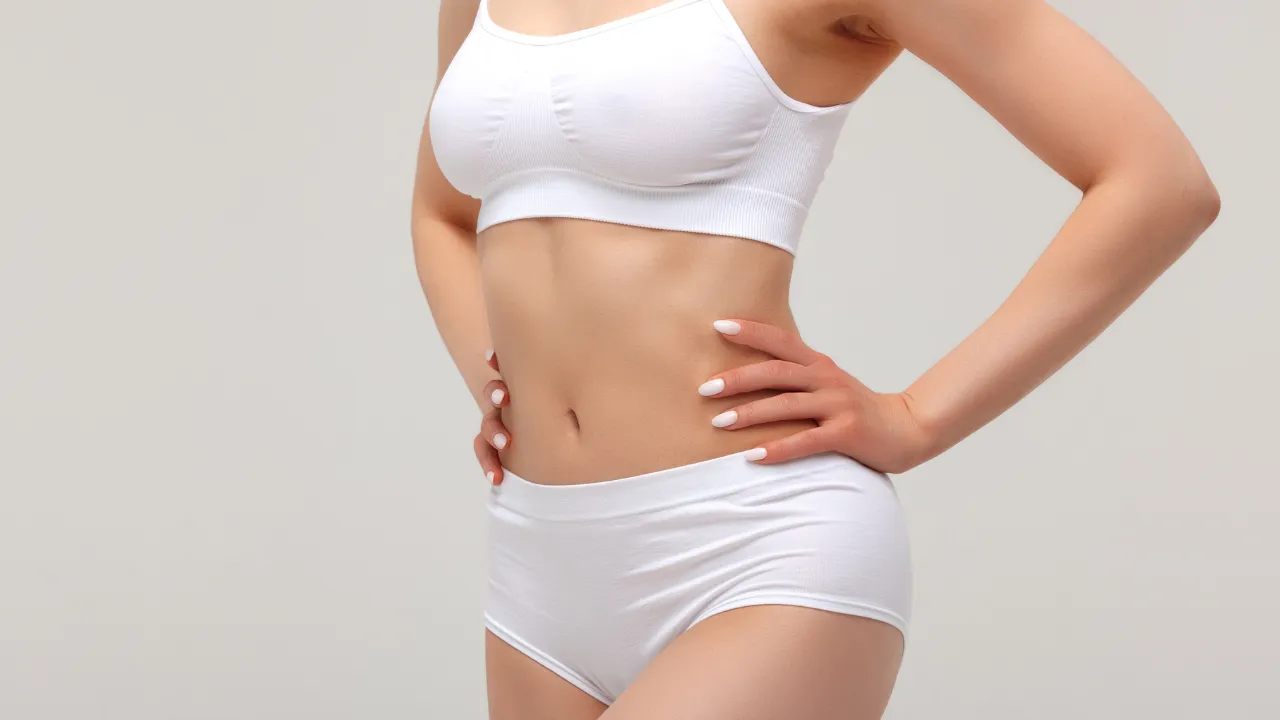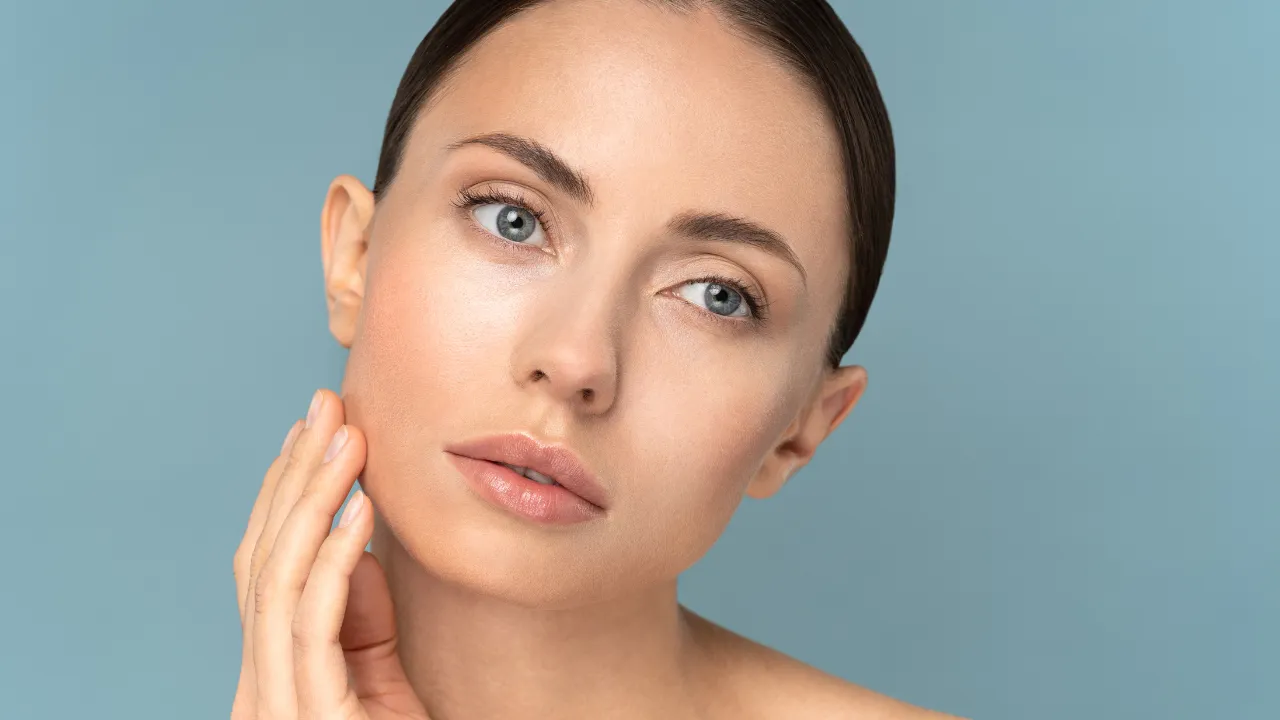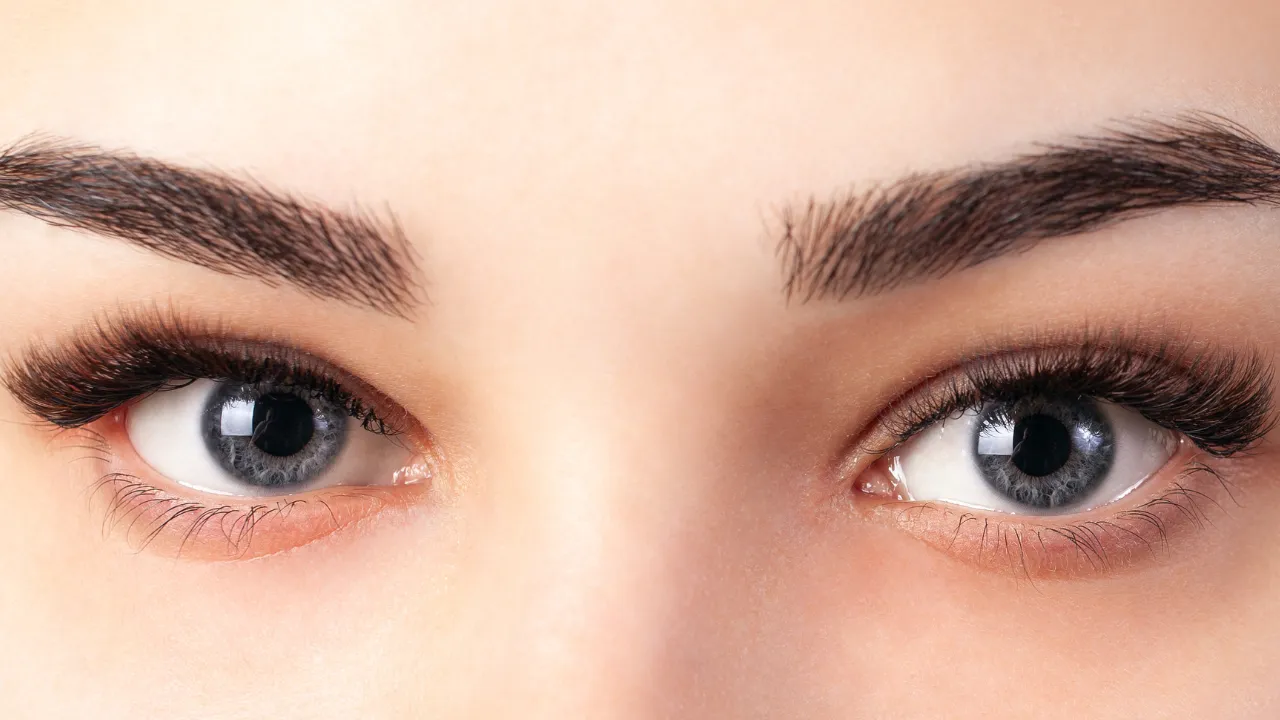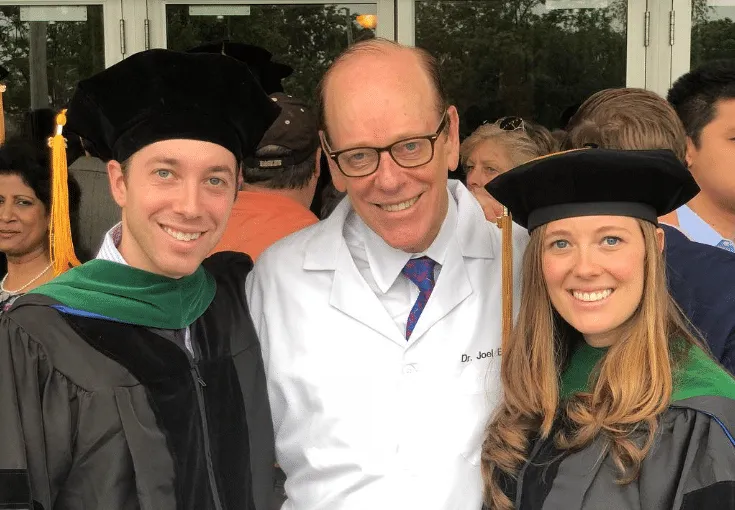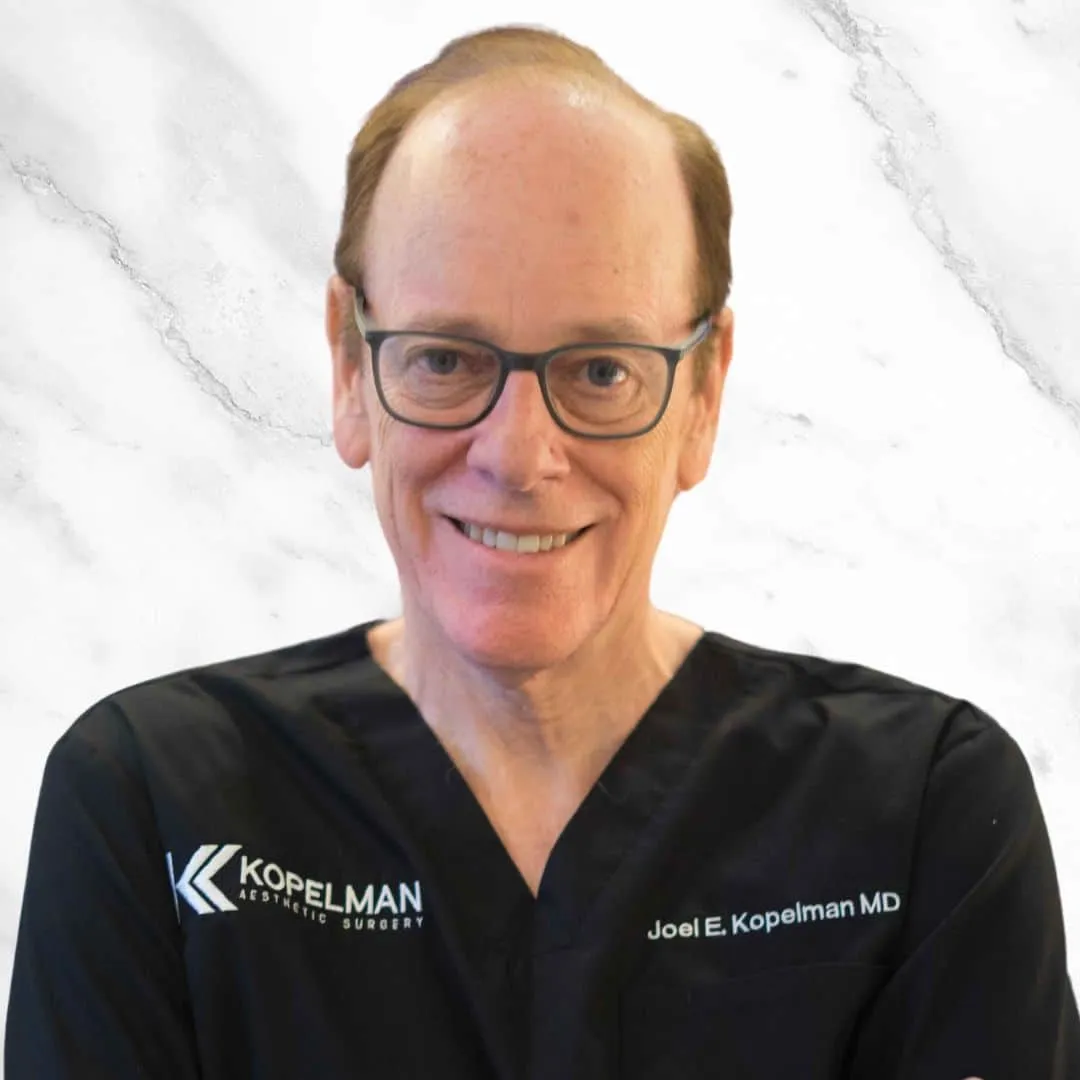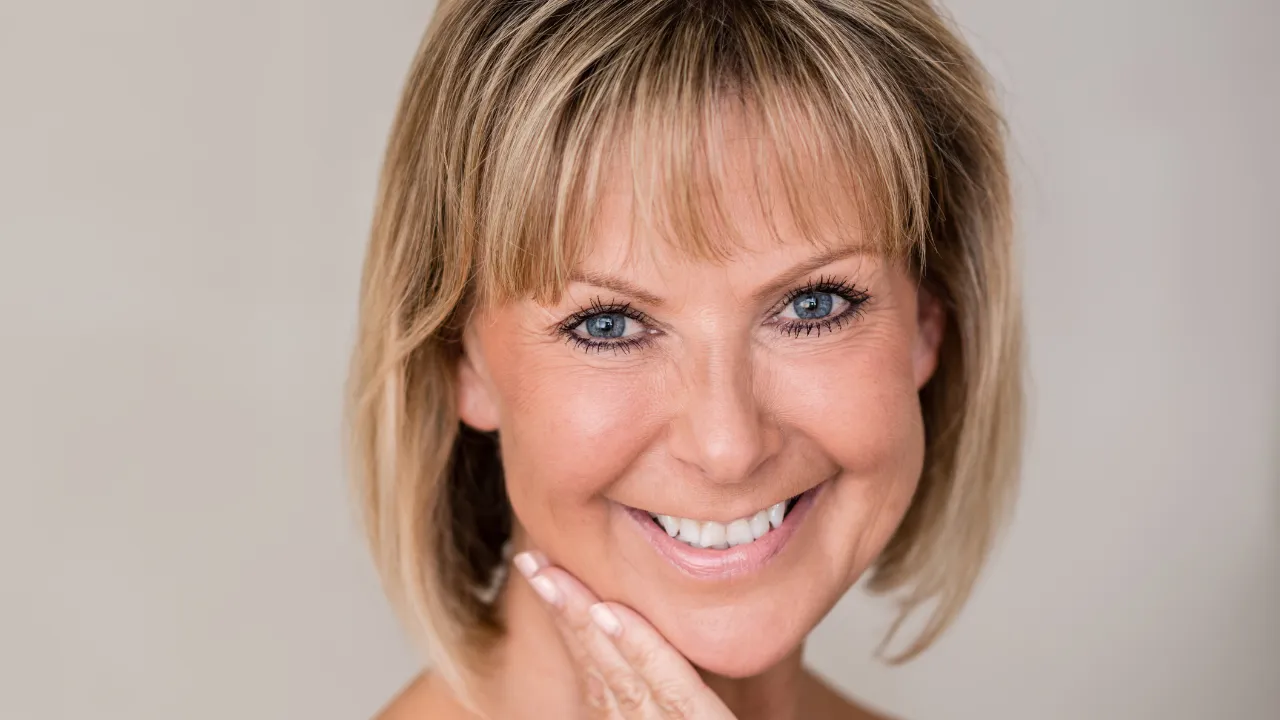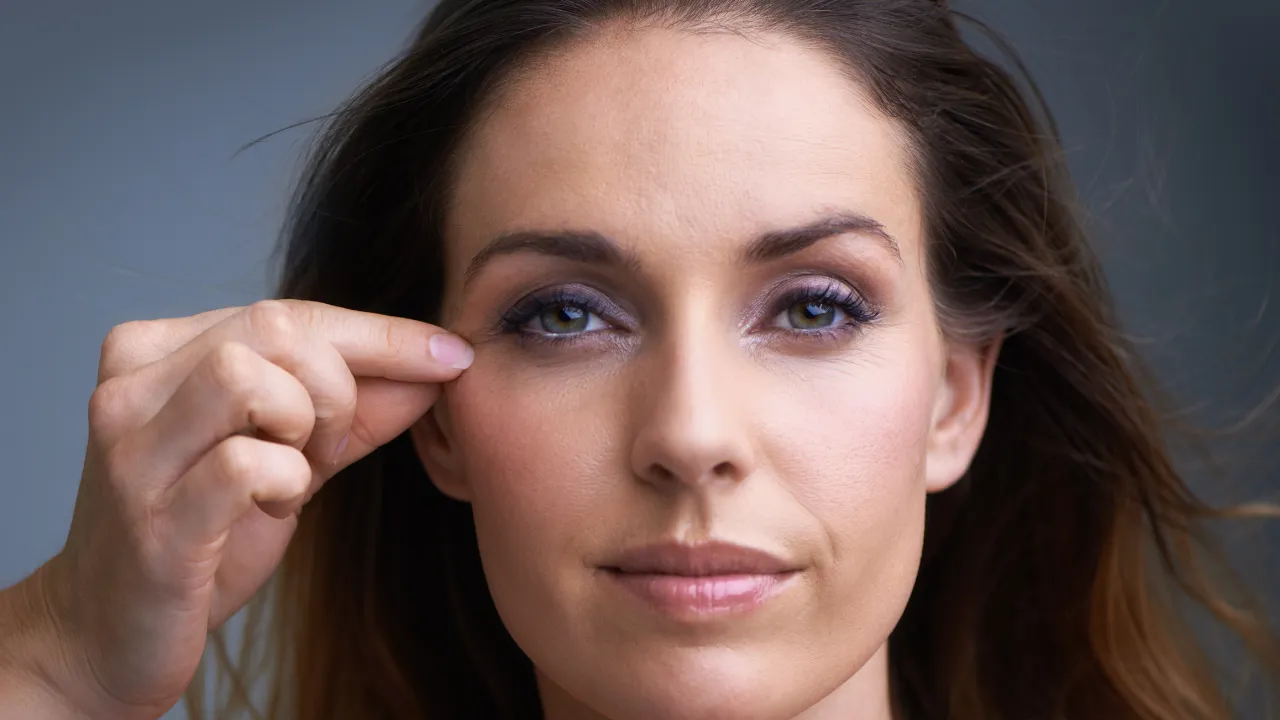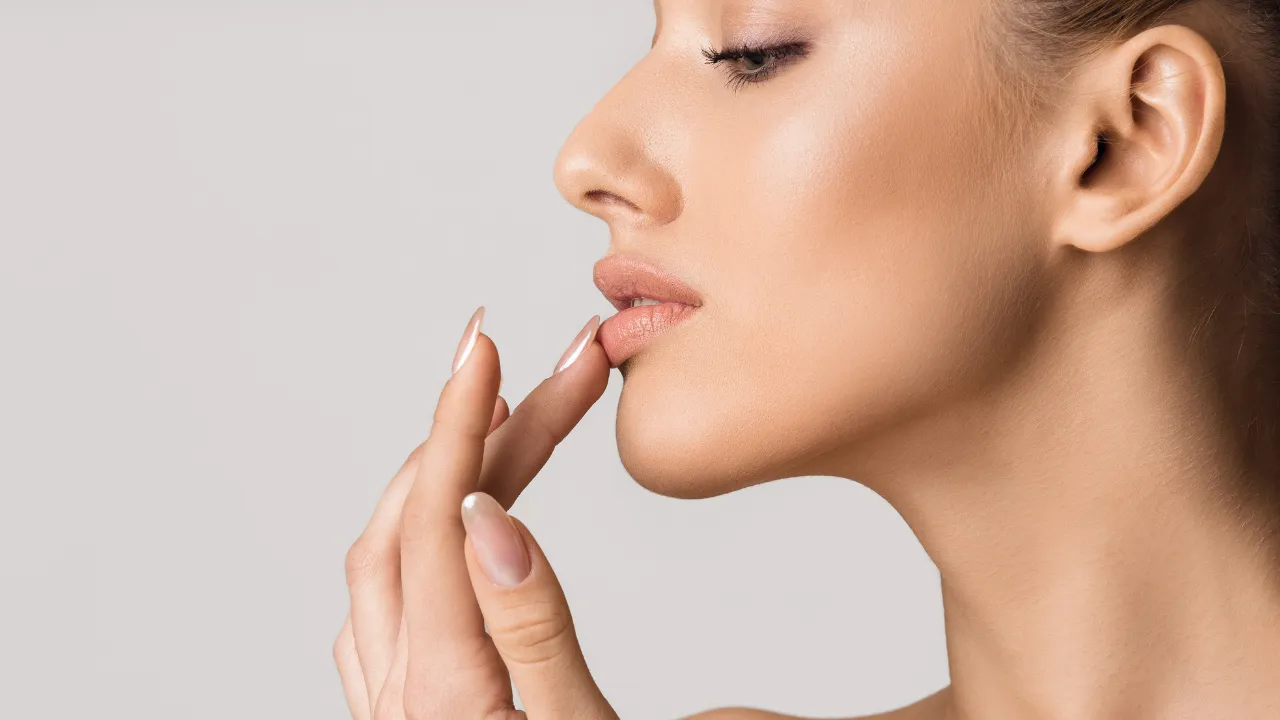Excess fat around the eyes often causes puffiness, sagging skin, and a tired appearance. At Kopelman Aesthetic Surgery, Dr. Joel Kopelman offers upper blepharoplasty fat pad removal to refine the upper lid.
This approach helps patients appear refreshed and, in some cases, improves their visual acuity.
Table of Contents
ToggleUnderstanding Eyelid Fat and Blepharoplasty
Blepharoplasty is a type of eyelid surgery that addresses changes in the skin and fat around the eyes.
As people age, fat may bulge or shift, causing droopy upper lids or under-eye bags. Upper eyelid blepharoplasty targets these concerns in the upper eyelids.
To determine if someone is a candidate for cosmetic eyelid surgery, Dr. Kopelman evaluates their medical history, skin condition, and whether sagging skin affects their vision.
If the upper lids block the visual field, the procedure may be medically necessary. For more on healing timelines, visit the Upper Blepharoplasty Recovery Week 3 guide.
What to Expect During Fat Pad Removal
Upper blepharoplasty fat pad removal involves removing or repositioning fat from the upper lid. This improves contour and prevents a hollow appearance.
A brow lift may also be recommended if low brows add to upper lid heaviness. This surgical procedure is tailored to meet each patient’s individual needs and goals.
A visible lump after surgery may be due to swelling or an uneven distribution of fat. If necessary, minor revisions can help enhance balance.
Dr. Kopelman also performs visual field tests when vision issues are part of the concern. These tests confirm if insurance coverage applies.
Options for Eyelid Fat Pad Removal
Fat pad removal can be done with or without surgery. Non-surgical options include fillers and radiofrequency tightening.
These methods are best for mild puffiness but do not last as long or offer dramatic results.
Advantages of Surgical Eyelid Fat Pad Removal
Surgical options are more precise. During upper or lower eyelid surgery, Dr. Kopelman can remove, shift, or preserve fat. He often favors repositioning fat to maintain natural volume.
Lower eyelid surgery is more delicate than upper bleph. The skin is thinner, and healing may take longer. It also carries a slightly higher chance of temporary dry eyes.
Costs depend on the type of procedure, the amount of fat removed or repositioned, and whether other cosmetic procedures, such as a brow lift, are included.
Surgical Techniques in Upper Eyelid Surgery
Upper eyelid surgery is performed with local anesthesia in an outpatient setting.
Dr. Kopelman makes an incision in the natural upper lid crease and carefully removes or moves fat to reshape the area. The goal is to restore a rested, natural look.
Treating the Medial Fat Pad
When puffiness appears near the inner eye, the medial (nasal) fat pad is often the cause.
It may be trimmed or repositioned to smooth the contour. This part of the surgery is done with care to avoid damaging nearby tissue and to close the incisions properly.
Dr. Kopelman chooses between fat removal and repositioning based on each patient’s anatomy. Preserving and repositioning fat can reduce the risk of hollowing and create a softer, fuller appearance.
If the upper lid appears sunken, fat grafting may be a suitable option for addressing this issue. This technique involves transferring fat from another area of the body to the upper eyelid.
Comparison of Fat Pad Techniques
- Fat Removal: Effective for reducing puffiness, but excessive removal can result in a hollow appearance.
- Fat Repositioning: Keeps natural volume, reducing the risk of a sunken appearance.
- Fat Grafting: Restores lost volume and supports contour, often used when hollowing is already present.
Cost and Value of Treatment
The cost of upper eyelid fat pad removal varies. It depends on:
- Whether the procedure is functional or cosmetic
- The complexity of fat repositioning or grafting
- Whether it includes lower eyelid surgery or other procedures
At Kopelman Aesthetic Surgery, all patients receive a full consultation to understand their needs and budget. Dr. Kopelman provides transparent pricing and personalized surgical plans.
Comparing Upper and Lower Eyelid Surgery
Upper and lower eyelid surgeries serve different goals. Upper blepharoplasty removes or adjusts fat and skin in the upper lid. Lower eyelid surgery focuses on treating under-eye bags and puffiness.
In many cases, bags under the eyes are caused by fat protrusion and can be addressed through tailored surgical techniques.
Lower lid surgery often requires more delicate work due to thinner skin and its position near the tear ducts.
Both procedures may be done together to balance the upper and lower eyelids.
Recovery and Risks
Most patients experience some swelling and bruising for about a week after upper eyelid surgery. Cold compresses and keeping the head elevated help reduce discomfort. Normal activities can often resume within 10 to 14 days.
General Recovery Timeline:
- Days 1–3: Swelling and tightness. Keep your head elevated and apply cold compresses to the affected area.
- Days 4–7: Swelling reduces. Stitches may be removed.
- Week 2: Bruising fades. Most patients return to work and their daily routines.
Temporary dry eyes, blurry vision, or mild soreness can occur. These symptoms typically subside as the eyelids heal.
For eye care tips, read When Can I Wash My Eyes After Blepharoplasty?
Dr. Kopelman provides full post-op instructions to support recovery and prevent complications.
Photos showing the upper blepharoplasty recovery process, day by day, help patients set realistic expectations for their recovery. Most people see visible improvements in about two weeks.
If minor issues arise, such as uneven eyelids or residual puffiness, these often resolve on their own over time. In rare cases, a minor revision may be offered.
Results and Expectations
Blepharoplasty before-and-after photos often show dramatic yet natural improvements. Patients look more rested and alert, with smoother skin around the eyes.
Upper blepharoplasty before-and-after images highlight reduced sagging, improved symmetry, and enhanced contours. Many patients report feeling more confident about their appearance.
This blepharoplasty procedure is one of the most frequently requested facial surgeries and is often combined with other eyelid procedures for comprehensive eye rejuvenation.
Wondering about discomfort during the process? See Does Blepharoplasty Hurt? to understand pain levels and what to expect post-op.
Your Next Steps
Dr. Kopelman, a board-certified plastic surgeon, focuses on results that look natural. Each plan is personalized to enhance the patient’s features while keeping a balanced appearance.
Schedule a consultation today to learn if upper blepharoplasty fat pad removal is right for you. Dr. Joel Kopelman and his team are here to guide you through every step with precision and care.


